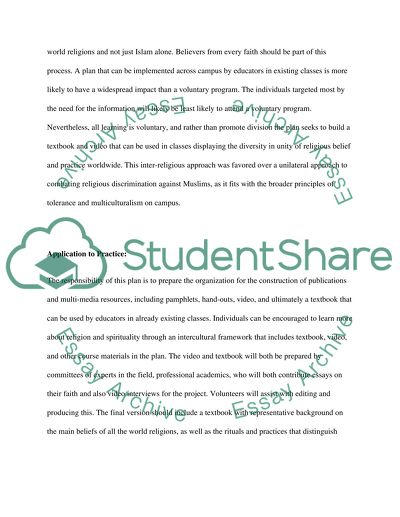Cite this document
(“Islam in Higher Education in United States Research Paper”, n.d.)
Retrieved from https://studentshare.org/education/1416286-islam-in-higher-education-in-united-states
Retrieved from https://studentshare.org/education/1416286-islam-in-higher-education-in-united-states
(Islam in Higher Education in United States Research Paper)
https://studentshare.org/education/1416286-islam-in-higher-education-in-united-states.
https://studentshare.org/education/1416286-islam-in-higher-education-in-united-states.
“Islam in Higher Education in United States Research Paper”, n.d. https://studentshare.org/education/1416286-islam-in-higher-education-in-united-states.


